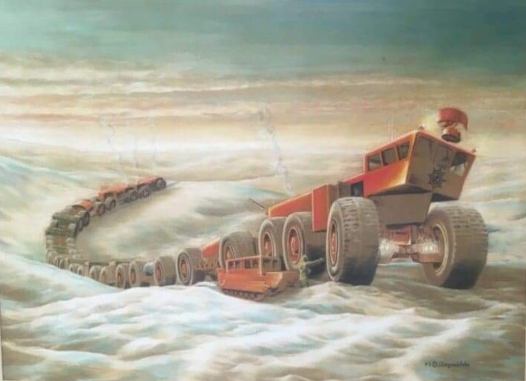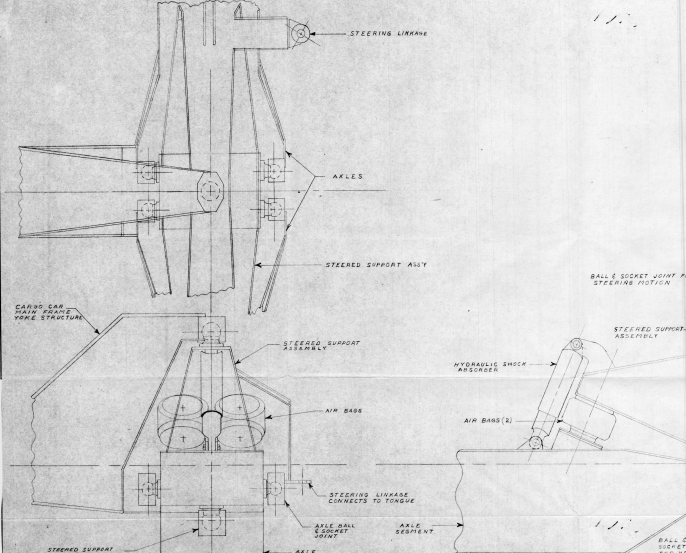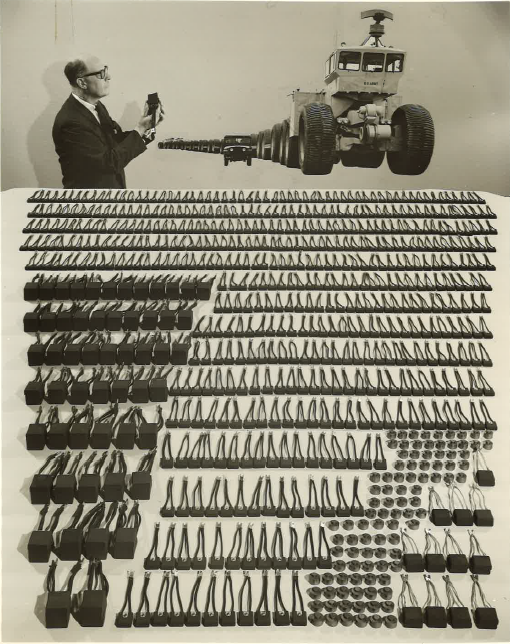Did the Sno-Train Have Tire Chains for the Ice?

Well, kind of. The Sno-Train’s wheels came equipped with what LeTourneau called traction lugs. Breaking it down a little more simply, the traction lugs were long rubber pieces or cables…












Input your search keywords and press Enter.